Review for Outbreak Company Collection
Introduction
For the first time in a long time, I got excited by reading the blurb for a new anime release. Outbreak Company’s premise of a geek transported to a parallel, magical world, where he’s expected to extol the virtues of Japanese pop culture, specifically anime, manga and videogames, seemed like nothing I have ever seen before in anime. And as I have often stated in my reviews, my journey through anime, indeed all entertainment media is predicated on my desire to experience something new. Of course a little thought applied to the premise of Outbreak Company brings to mind the sort of vicarious wish-fulfilment that the anime studios tend to deliver these days; the loser geek surrounded by a harem of pretty girls that appeals to the target audience in Japan. And then there’s the Familiar of Zero franchise, which has a wholly different premise, but in practice offers pretty much the same thing. It was too late by the time I’d realised this of course, and I was approaching Outbreak Company with a wholly positive frame of mind. I could be setting myself up for a fall.
Shinichi Kano is a geek, an otaku, a NEET, and indeed a full on social recluse. Like many others, he stays holed up in his apartment, subsisting on a diet of mail order anime, manga, and video games. And like many others, he would like an easy way out of his situation. So when an ad appears online seeking otaku for a job opportunity, presenting a 200 question application, he gives it a go, only to get a perfect score. That leads to a job interview at Amutec, where the questions really just confirm his otaku and hikkikomori status. He may be chagrined, but the interviewer, Jinzaburo Matoba is ready to celebrate having found his ideal employee, even if Shinichi hasn’t even learned what the job is. But the celebratory drink is drugged...
Shinichi wakes up in a four poster bed to the pleasing sight of an amply-endowed half-elf maid named Myucel Foaran. He’s actually in the Holy Eldant Empire. The Japanese SDF discovered a portal to a parallel world, a realm where magic prevails, and Shinichi has been hired as a cultural ambassador, to export the virtues of Japanese pop culture in the form of videogames, manga, and anime. It could be his ideal job, but he was kidnapped. But he’s willing to forgive that as Eldant may just be his dream world brought to life, full of attractive girls and fantasy anime tropes. Besides, with a half elf maid, a big busted SDF aide in the form of Minori Koganuma, and the Eldant Empire’s Empress who happens to be a short, flat-chested tsundere girl named Petralka Eldant, as well as all manner of mystical females, including actual furries, Shinichi might just be in heaven. But the Eldant Empire has a dark side, and exporting Japanese pop culture might actually be a bad idea. Besides, why does the Japanese government want to sell anime, manga and videogames to a parallel world anyway?
Twelve episodes of Outbreak Company are presented across two DVD discs by MVM Entertainment. If you’re looking for Blu-ray, get tooled up for Region A, as it’s a US release only at this time, Madman Entertainment in Australia, from where these discs’ masters are derived, opted for DVD only.
Disc 1
1. I Found Myself in Another Universe
2. The Moe-Struck Caretaker
3. Thy Name is Invader
4. The Furry Spy
5. This Really is Another Universe
6. Soccer... Soccer?
Disc 2
7. Maid in Japan
8. Her Majesty’s Melancholia
9. The Swimsuit Apocalypse
10. Magical Girl Petralka
11. Conspire Closely and Quietly
12. Shoot the Invader
Picture
Outbreak Company gets a 1.78:1 anamorphic transfer, which this time has come to the UK from Sentai in the US, via Madman in Australia for the PAL conversion. This is one of those Madman releases that strips out the translated credit reel that Sentai put after their episodes, so the ANN Encyclopaedia will be a must if you want to know who is who in this show. It’s a solid transfer with no issues immediately apparent. The image is clear and sharp throughout, the animation comes across smoothly, and the colour palette is consistent, if a little subdued and pastel for an anime of this genre. The character designs are appealing, and conform to otaku expectations of cute and moe. It’s all fine to watch.
Sound
You have the usual option of DD 2.0 Stereo English and Japanese, with optional translated subtitles and a signs only track. The show gets its English dub from Sentai, so doubly so it was the Japanese audio track for me. Since this is a show about Japanese pop culture, anime, manga and videogame references fly; you’ll need a fast finger on the pause button to get all the production note text captions explaining all the references. A cute touch is that the Japanese voice actors often use catchphrases that they used as characters in other shows, and it’s nice to know what they are. The audio is generally fine, the dialogue is clear, the music is fine, and the action is represented well in the audio. There are a couple of glitches though, a jackhammer audio squawk some 30 seconds into episode 3, and a dropout 39 seconds into episode 11, Japanese only, which is an annoying niggle. I also detected the distinctive wobble of pitch correction/PAL speed up, but this was comparatively rare. The subtitles are accurately timed and by and large free of typos.
Extras
The discs present their contents with static menus, with the episodes merely numbered on the main screen, not named. The only extras are on disc 2 and comprise the textless credits and trailers for Sankarea, Battle Girls Time Paradox, and Kamisama Dolls.
Conclusion
Outbreak Company turned out to be surprisingly good. I say surprisingly, because on the surface, it looks like just another typical fan service anime, designed merely to sate the requirements of the average otaku audience. I mean we have the milquetoast main character, somewhat wimpy, an otaku himself to the point of obsession and social withdrawal, who through no fault of his own, finds himself thrust into a magical world, where all his otaku sensibilities are catered for. He becomes a person of meaning and influence, appreciated for the very obsessions that left him marginalised in society, and he quickly gathers a harem of pretty girls around him, the busty half-elf maid, the bustier bodyguard, the Lolita Empress, and the furry werewolf girl. Yes, random nudity occurs, boobs are groped, and awkward non-relationship blushing happens on a regular basis, as wires are crossed, and the art of communication fails. It’s a typical harem comedy anime, and if the aim of this anime was wish-fulfilment by proxy, then it could end it just here, job done.
But this is the least of what Outbreak Company is. It’s a show that manages to have its cake and eat it. It’s set up this idealised anime fan service world, and inserted its proxy character in, created the situations that will appeal to the target audience, and then it goes about subverting and deconstructing it all. It’s inherent in the storyline of course, with the main character’s purpose to actually extol the virtues and benefits of Japanese pop culture to a new world, which in this case means educating the inhabitants of Eldant all about anime and manga and videogames. It means taking them through all the tropes and clichés, explaining why that bit of naked thigh visible between high socks and miniskirt is such a turn on, to explain shipping, to explain boys’ love doujins and all the various diversions, accoutrements and merchandise that can be used to separate an otaku from his money, and from the real world in general.
I also love what they do with Erbia, the werewolf girl. Most furry girl characters have the ears, the tails, and they make a cute sound (usually a ‘Nya’ for catgirls), and Erbia does have the cuteness thing down with a couple of canine mannerisms at first. Then the full moon happens, and she goes into heat, which is funny enough for the comedy shenanigans. But then she gets hold of a football... and then goes digging on the beach, at which point you realise the creators are pushing the furry aspects far beyond the usual anime expectations.
Where Outbreak Company really grabs the attention, and raises it above the simple level of otaku references and fan service, is the way that it looks at society. It’s a culture clash at the start of the show, with Shinichi thrust into a feudal society split by race and caste lines. With the first person that he meets there, the half-elf maid Myucel considered the lowest of the low because of her mixed heritage, he immediately gets an inkling of what he’s in for. The contrast is made all the more apparent as the second person he meets, Empress Petralka is the highest of the high. At first he thinks that he can effect change in the society by introducing manga and anime, stories of other worlds where people live in different ways. It’s a commentary on societies in our world that are still troubled by class and race divisions, and there is something positive in the message that something as simple as entertainment can provide common ground. But while the otaku culture serves as catalyst, it’s actually when Shinichi gets Petralka and Myucel seeing each other as people that things begin to change.
Things do change, and that change is accelerated when he opens a school, not only to teach the elves and dwarves of the world about Japanese culture, but also introduce the illiterate of this world to reading and writing, albeit in Japanese. The pace of change accelerates, and pretty soon, races that were at each others’ throats for xenophobic reasons, now pick fights over the definition of ‘moe’. It’s around this time that the emphasis subtly shifts societies, and the show becomes a comment on Japanese society, particularly the otaku culture, and it isn’t all that positive when you see the effect it has on the inhabitants of Eldant. Of course in the final two episodes, the reason behind Japan’s insistence on introducing this form of entertainment to Eldant becomes clear, a development that seems starkly timely given the recent passing of the bill in Japan allowing its military to fight overseas after 70 years of pacifism. Of course the anime was made a few years prior, which makes its concluding arc both prescient, and a suggestion that a nation’s Imperialist ambitions aren’t easily forgotten.
Outbreak Company certainly was a whole lot of fun, replete with harem comedy hijinks and pop-culture references, and it’s one of those rare anime comedies that actually had me laughing out loud, rather than just knowingly smirking. But there is far more to Outbreak Company than just the comedy, there’s a lot of depth to its social commentary as well, and that makes it worth seeking out.
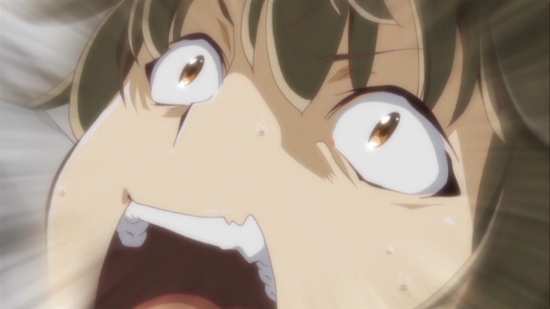

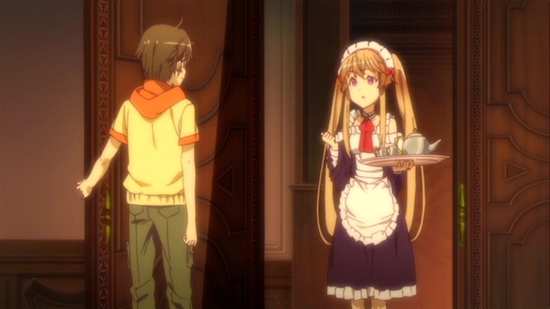
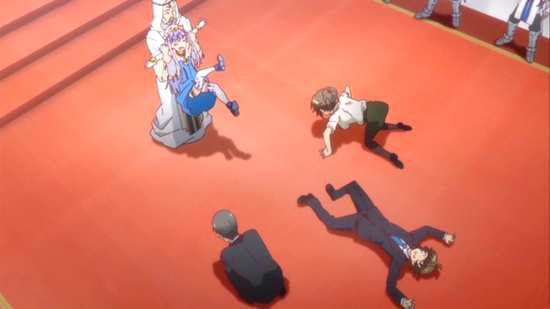
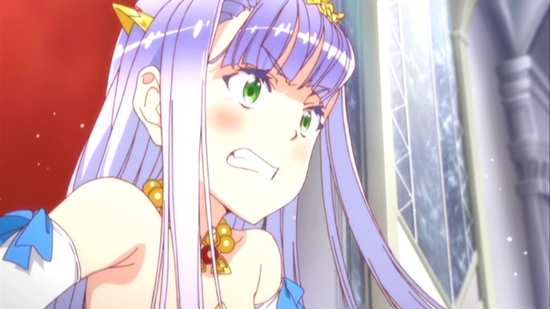

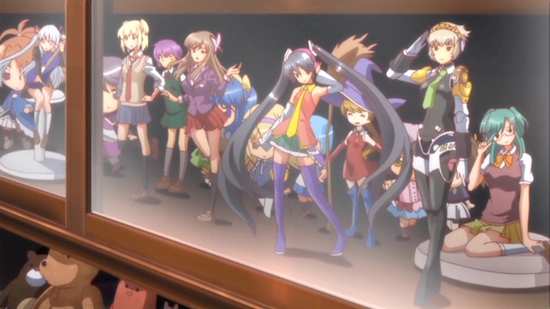
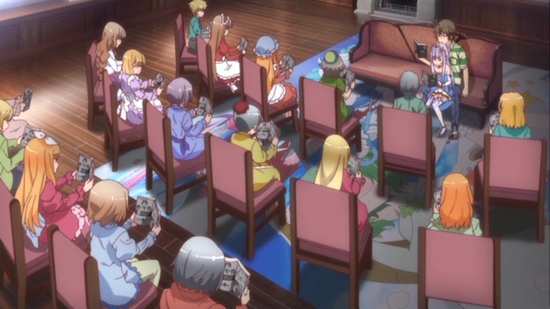
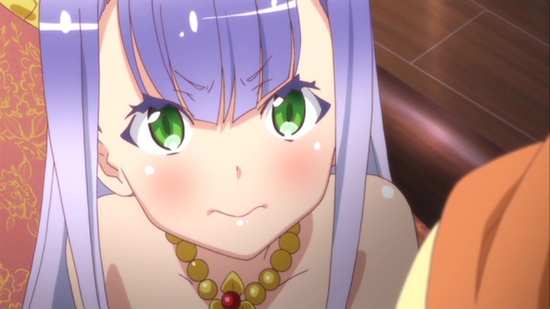
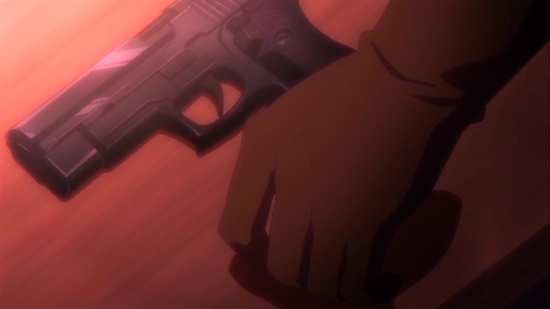

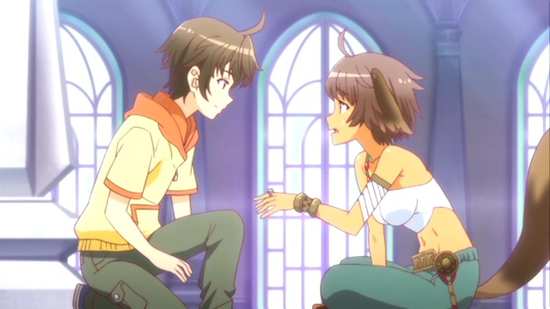
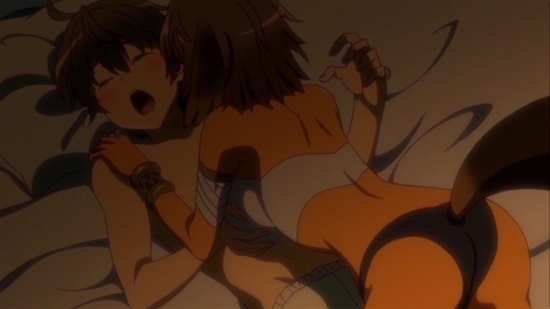
Your Opinions and Comments
Be the first to post a comment!